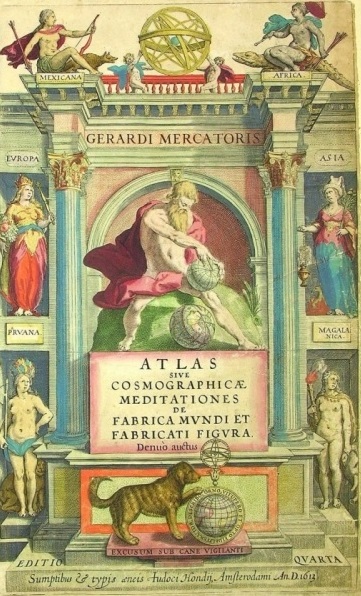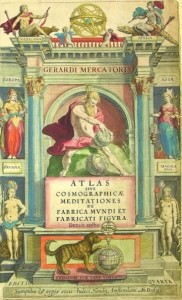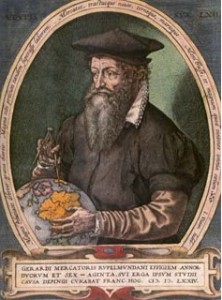
Mercator celebrates 503rd Birthday!


Cartographer, mathematician, Philosopher and grandfather of maps, Gerardus Mercator, celebrates his 503rd birthday, who in 1569 discovered how to create the world map based on a new projection which represented sailing courses of constant bearing as straight lines that includes the curvatures of the earth. Mercator, born on March 5, 1512, in Rupelmonde in Flanders (Belgium). He was educated in the Netherlands and in 1544 was jailed for heresy due to his protestant faith and frequent traveling for research. He died on Dec. 2, 1594.
His famous theory, “Mercator projection,” was a boon for navigation, as for the first time sailors could plot a route using straight lines without constantly adjusting their compass readings. His methods were unusable at 70 degrees north/ south as the projection lengthens the longitudinal parallels, the scale of objects enlarge dramatically as they near the north and south poles. Mercator was ahead of his time, as by the eighteenth century the projection had been adopted universally by European navigators,
In 1552, he moved to Duisburg, and started a cartographic workshop where he completed a six-panel map of Europe in 1554 where he also as a surveyor for the city. He taught maths at the academic college of Duisburg. In 1564, after producing several maps, he was appointed court cosmographer to Wilhelm. In 1569, he devised a new Projection for a nautical chart which had orthogonal lines of longitude, spaced evenly, and lines of latitude spaced so that sailing courses of constant bearing were represented as straight lines (loxodromes).
Mercator took the word Atlas to describe a collection of maps, and encouraged Abraham Ortelius to compile the first modern world atlas – Theatrum Orbis Terrarum– in 1570. He produced his own maps of France, Germany and Netherlands in1585 and Balkans and Greece in 1588
Gerard Mercator’s seminal work of cartography was the first book of maps to be called an ‘Atlas’. Mercator named it after the Titan of ancient Greek myth, who was said to hold up the world on his shoulders.
